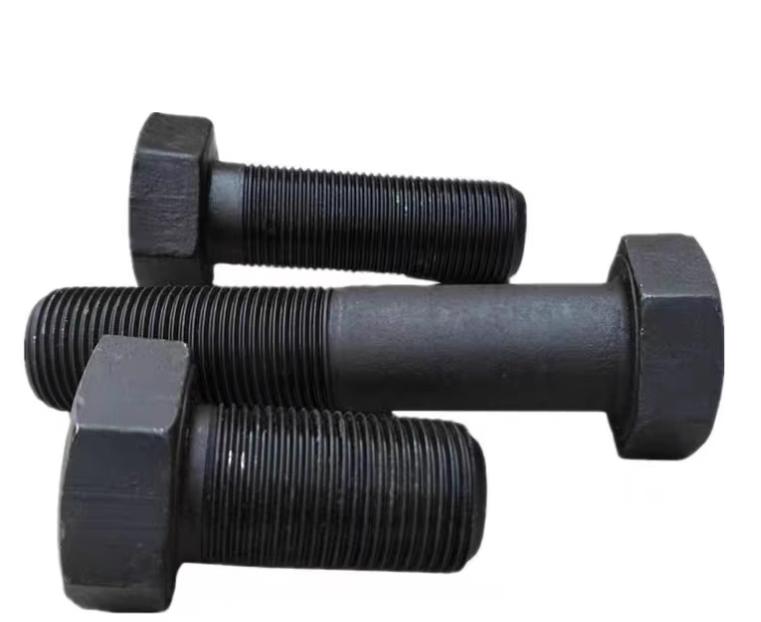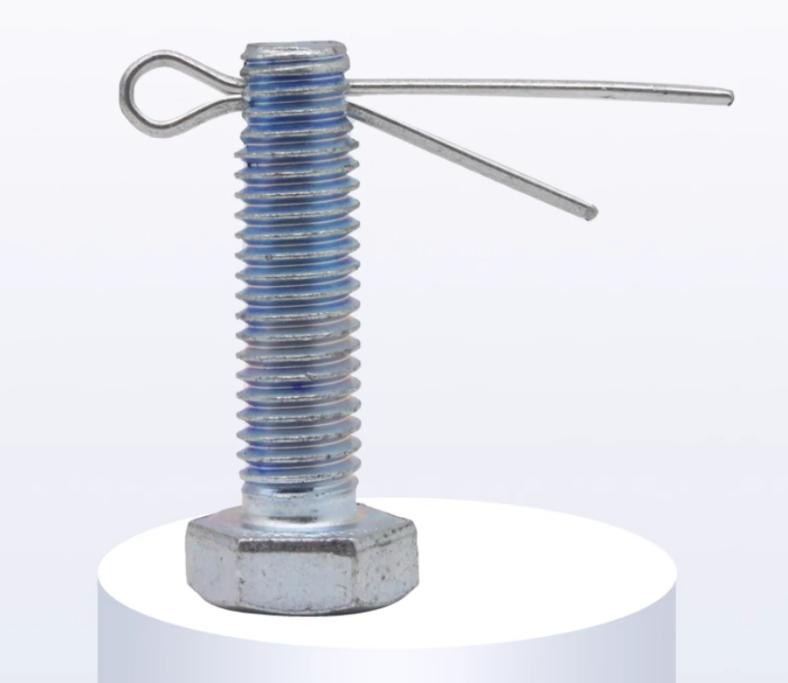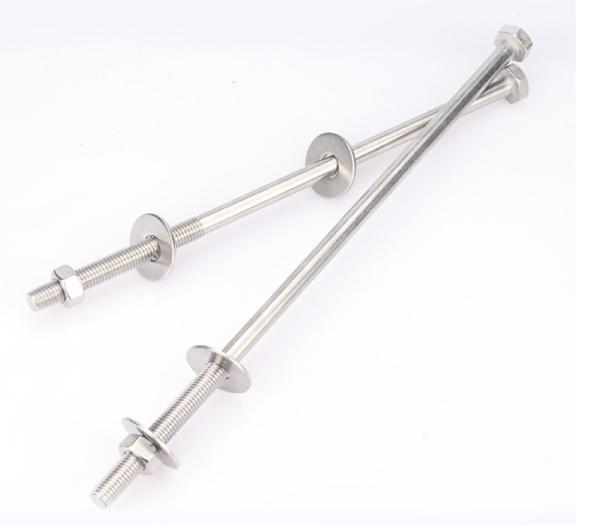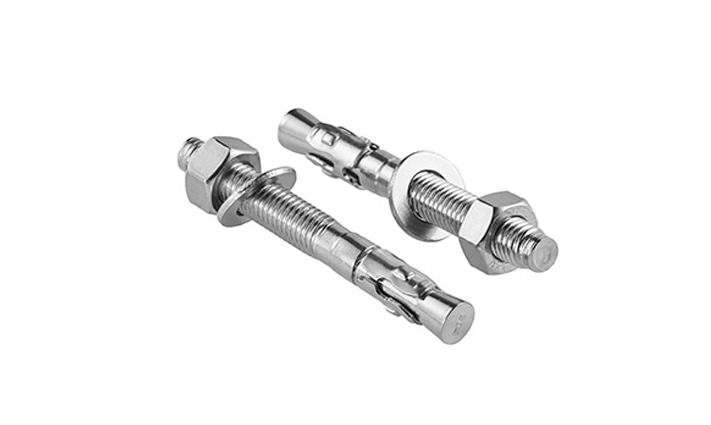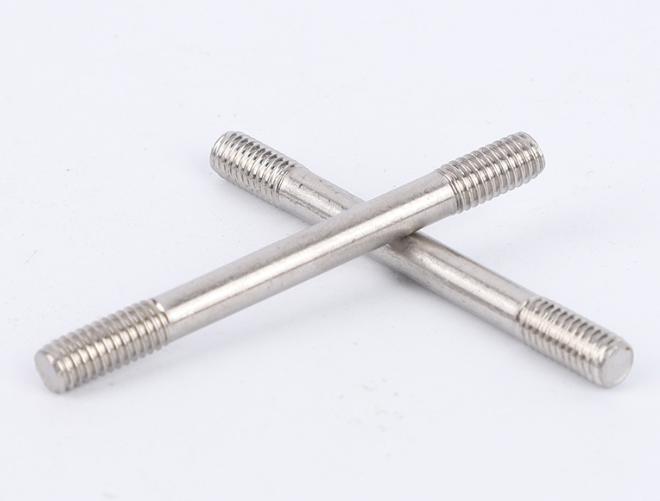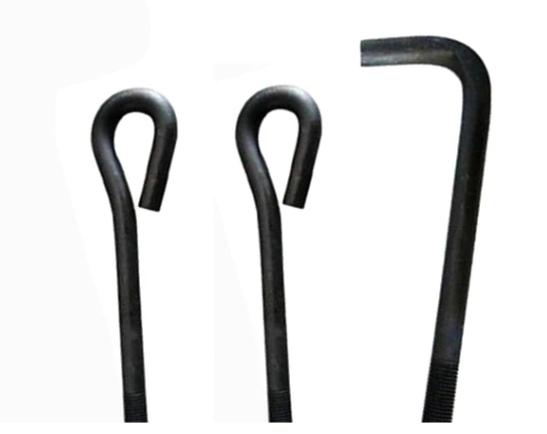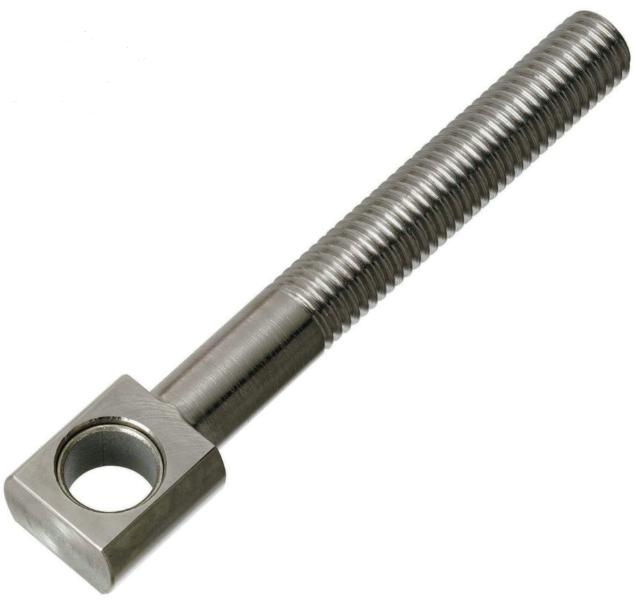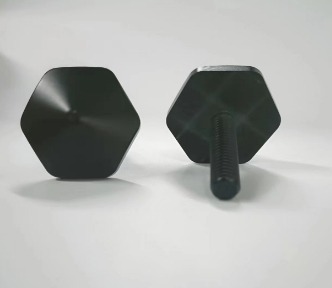How to Remove a Stud Safely: A Comprehensive Step-by-step Guide
Removing a stud is a typical task in building, auto repair, and other do-it-yourself chores. Whether you need to replace a damaged stud, extract a stripped one, or disassemble components, knowing how to remove a stud safely is essential. In this article, we will take you going through the detailed steps and the precautions to ensure a successful and injury-free stud removal process.
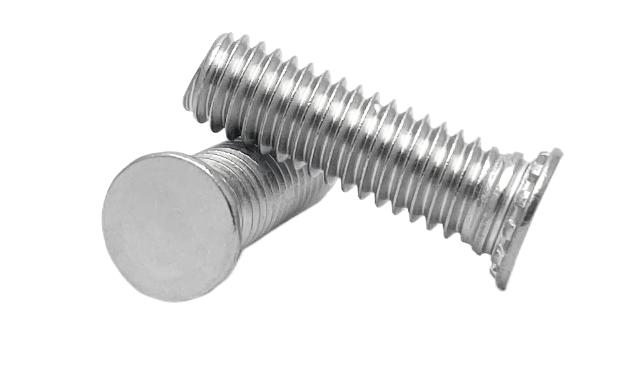
What is the Step-by-Step Guide to Removing a Stud?
Step 1: Gather the Necessary Tools and Equipment
Safety comes first. Before you begin, put on your safety glasses and gloves. Make certain that the work area is well-lit and free of clutter or impediments and gather the necessary tools and materials.
- Safety Glasses: To keep debris and potential threats out of your sight.
- Gloves: To protect your hands from scorching surfaces and sharp edges.
- Pliers or Vice Grips: To ensure a firm hold on the stud.
- Wrench or Socket Set: To spin the stud and remove it.
- Penetrating Oil: To remove rusty or seized studs.
- Heat Source: For heat-based stud removal, use a propane torch or something similar.
- Stud Extractor: A specialist tool used to remove resistant stainless steel studs.
- Thread Chaser or Die: Thread cleaning and restoration.
- Thread Locker: To keep the new stud in place.
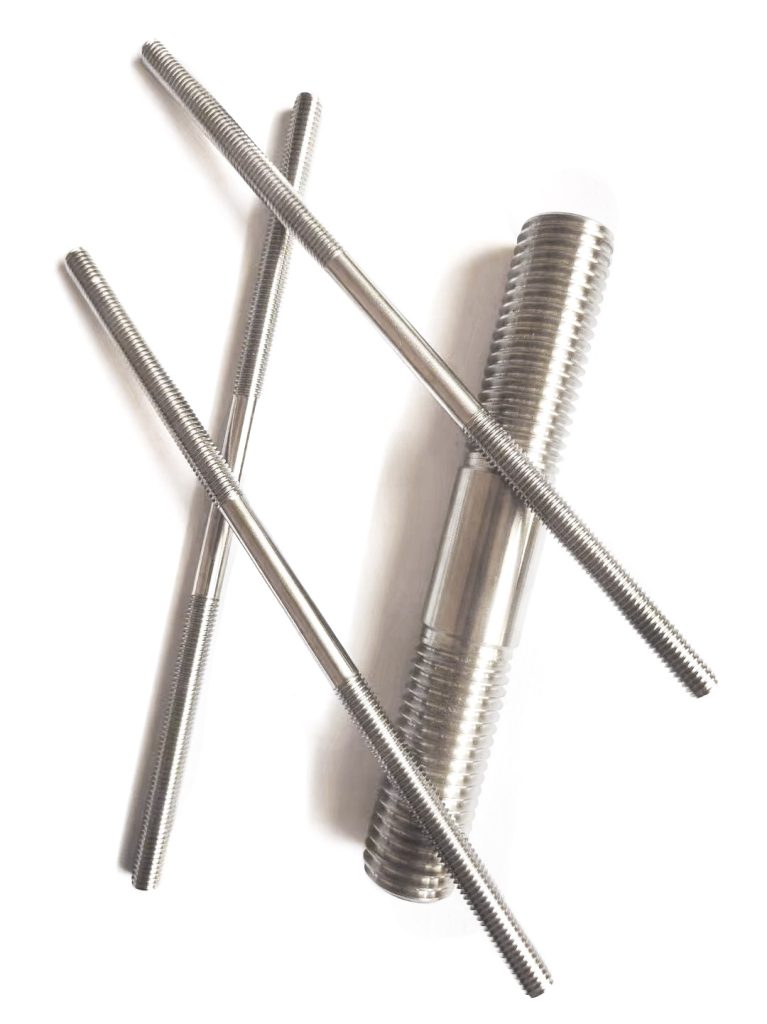
Step 2: Inspect the Stud
Check the stud for apparent damage, corrosion, or flaws. Examine the thread condition to see if the stud may be reused.
Step 3: Lubricate
If the stud is rusted or seized, applying penetrating oil to the threads can help. Allow it to penetrate for at least 15-30 minutes to loosen the stud.
Step 4: Secure Vice Grips or Pliers
Secure the exposed section of the stud securely with vice grips or pliers. To prevent slipping during removal, make sure the grip is tight.
Step 5: Apply Turning Force
Use a wrench or socket that securely fits the stud nut. To remove the stud, turn the nut counterclockwise (lefty-loosey). To avoid damage or injury, use consistent, equal pressure. Consider using a breaker bar for more leverage if the welding stud is especially tight.
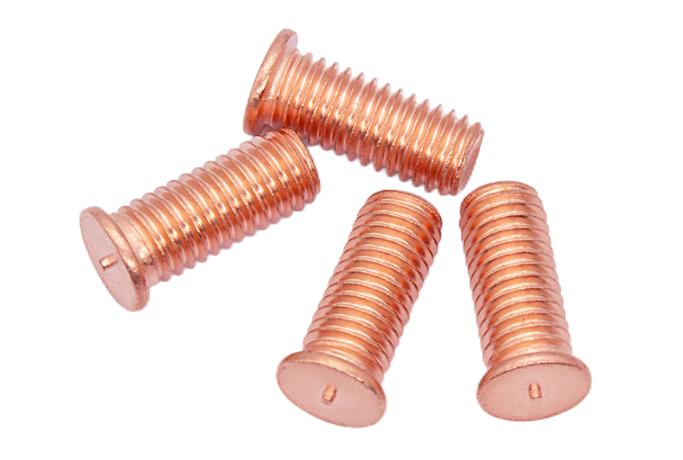
What are the Precautions During the Process of Removing a Stud?
Removing a stud can be a difficult task, especially if the stud is rusty, resistant, or huge. To safeguard your safety and avoid mishaps, specific precautions must be taken during the process.
Personal Protective Equipment (PPE)
Always wear the appropriate PPE, including safety glasses or goggles to protect your eyes from debris, gloves to shield your hands, and, if needed, ear protection if using loud tools.
Work Area Preparation
Make sure your workspace is clean, well-lit, and clear of debris or obstructions that could obstruct your mobility. If you intend to use a heat source, make sure there are no combustible things around.
Leverage
To offer additional leverage on difficult studs, use an adequately sized breaker bar or a pipe as an extension. However, exercise caution to avoid overexertion, as this can lead to muscle strains or tool failures.
Heat Safely
Use extreme caution if you need to use a heat source to loosen a stud. Keep the flame away from flammable things and be cautious of hot metal and surfaces. If necessary, use a heat-resistant barrier to protect nearby components.
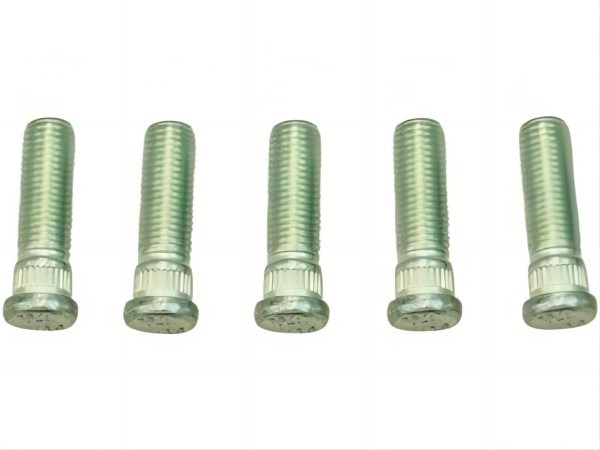
Tapping Gently
If, despite your attempts, the stud remains caught, gently tapping it with a hammer may help break the binding between the threads. During this process, take care not to harm the threads.
Clean and Inspect Threads
After successfully removing the component, inspect both the stud and the threads. If you intend to reuse the stud, clean and restore the threads to their original condition with a thread chaser or die.
Dispose of or Store Safely
If the stud is damaged or no longer required, properly dispose of it. If you intend to reuse it, store it in a clean and dry location to prevent corrosion.
Know When to Seek Professional Help
Consider consulting a professional technician or engineer if you discover obstacles or complications beyond your skills, such as stud removal in important or sophisticated applications.
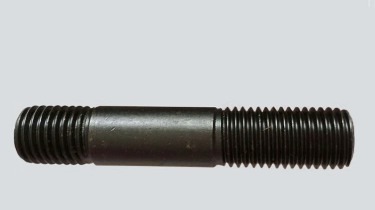
Conclusion
A stud is a fundamental building component that provides strength, support, and stability to structures. Removing a stud is a common task. It may appear to be a simple procedure, but it takes careful planning, the proper tools, and a deliberate approach to ensure safety and prevent damage. Always emphasize safety by wearing the appropriate personal protective equipment and taking the necessary safeguards. You may securely and effectively remove a stud by following this step-by-step guide, allowing you to complete repairs and projects with confidence.

